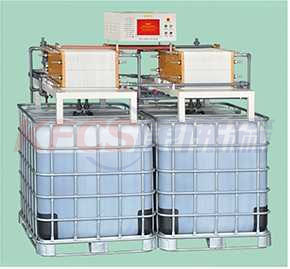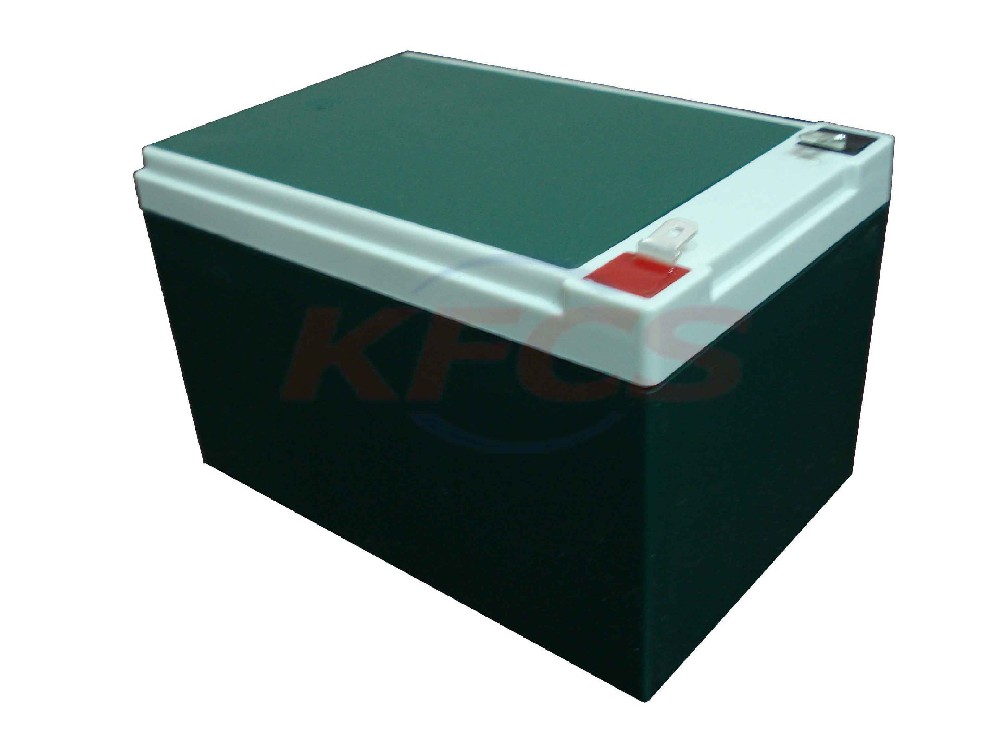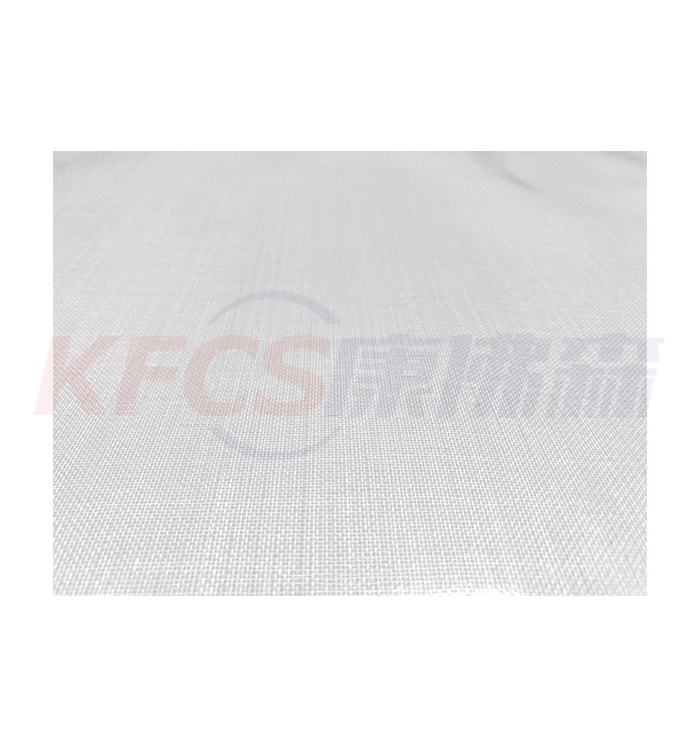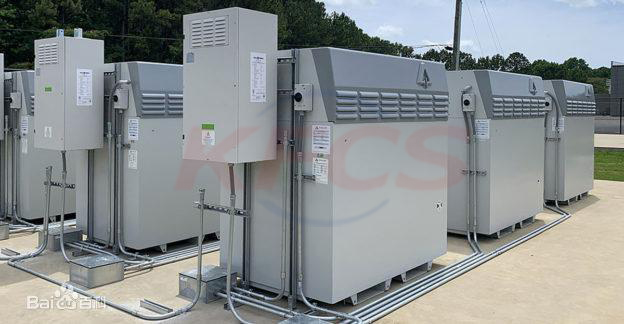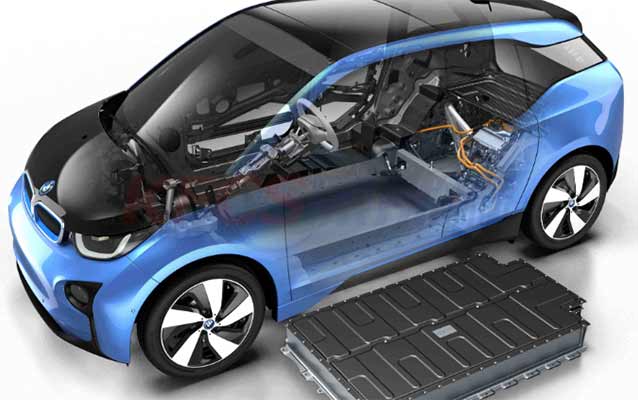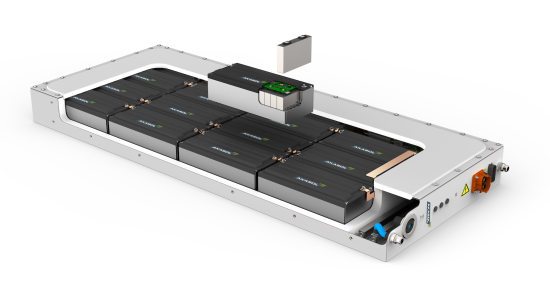The principle of vanadium battery
2022-01-20
The vanadium battery realizes the mutual conversion of chemical energy and electrical energy by circulating the vanadium electrolyte of different valence states in the electrode to carry out electrochemical reaction. The electrochemical reaction, standard electrode potential and standard electromotive force are as follows:
Negative: V2+-e= V3+
E. =-0.25V
Positive: V0,++2H++e = VO2++H,0
E. = 1.00V
Battery: V2++V0,++ 2H+=V3++V02++H20 E. = 1.25V
Vanadium battery consists of stack, vanadium electrolyte storage tank, circulating pump, pipeline, battery management system and other modules.
The stack consists of single cells connected in series. The monolithic battery is composed of perfluorinated ion membrane, graphite felt electrode, graphite bipolar plate, flow frame plate and seal. The graphite felt electrode is housed in the flow frame plate between the perfluorinated ionic membrane and the graphite bipolar plate. The lower part and the upper part of the liquid flow frame plate are respectively provided with vanadium electrolyte inlet and outlet branch channels. Under the action of the pressure of the circulating pump, the vanadium electrolyte in the storage tank flows into the stack through the main flow channel of the liquid inlet, and is evenly divided from the bottom to the top through the flow channel of the liquid inlet branch at the lower part of the liquid flow frame plate of the monolithic battery. It flows through each single cell. The microporous flow channel of the battery electrode conducts an electrochemical reaction, and the reacted vanadium electrolyte passes through the flow frame plate of the single cell battery. The main runner flows back into the storage tank.
About News
- Skon, a Korean power battery manufacturer, will build a lithium battery recycling plant this year
- Commercial Operation of Vanadium Redox (VRB) Flow Batteries
- Lithium battery market recycling
- Vanadium could be the next strategic resource
- 1-50kw all-vanadium redox flow battery energy storage system
- About $5 billion! Quantum plans to invest and build more than 3.5gW solar Park in Lionel Island, Indonesia
- Cold sintering may open door to improved solid-state battery production
- Lithium battery recycling: accelerating the construction of industrial chain recycling integration
- What are the advantages of all-vanadium redox flow battery energy storage technology?
- VFB-1KW all-vanadium flow energy storage system
Products


